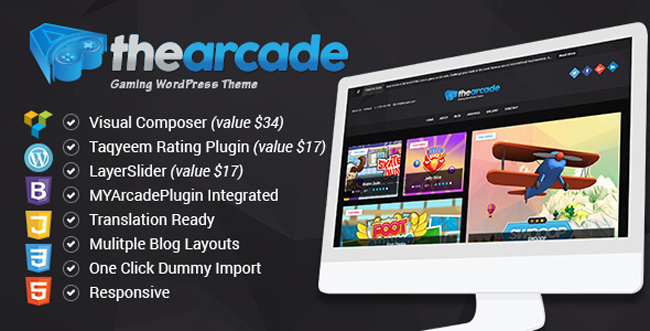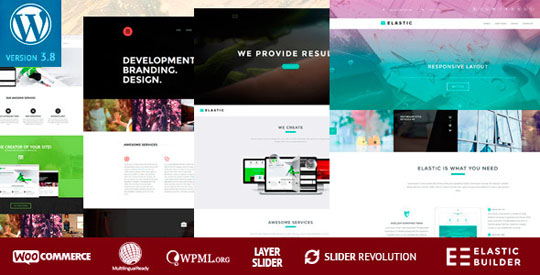When a client asks you to build a membership website, your options depend on whether you write custom code or stick to the basics of HTML, CSS, and JavaScript. If you’re a programmer, you can offer to create a custom membership platform (for a higher fee, of course). Otherwise, you’ll need to use an existing membership engine.
Although WordPress has a reputation for being blogging software, it’s actually a powerful platform capable of running almost any kind of website imaginable. Here’s why WordPress makes an ideal membership website platform:
1. WordPress has a built-in login feature
One of the best reasons to choose WordPress to power a membership site is the existing membership function. Users can sign up for an account and be granted or denied access to content based on page, post, and category. The basic foundation for a membership website already exists. A WordPress programmer can customize the account creation process to your specifications.
2. Built-in features are superior to a-la-carte features
If you build a membership website in HTML or PHP you’ll need to create the entire membership function from scratch. This might sound like a viable option, but by the time you’re done with the project, you’ll have multiple components possibly created by different programmers. Multiple a-la-carte features increase the likelihood of incompatibility down the road.
To avoid unexpected incompatibility, you want a membership system that already offers as many features as possible. Get your client on board with a full-fledged membership system that integrates with WordPress and utilizes its existing membership functionality.
3. You can install WordPress securely
Everyone knows WordPress sites get hacked often. That’s true, but only because people unknowingly leave WordPress vulnerable. Many of these vulnerable sites were set up with quick installers. These installers are quick and easy to use, but they bypass critical security measures. For instance, the quick install software in cPanel completely leaves out salts keys.
Salt keys are a critical security component that use cryptography to hash and secure data. Salt keys encrypt your passwords in the WordPress database and prevent hackers from seeing those passwords in plain text. Without salt keys, a hacker who gains access to your database will see your password and username. With salt keys, your password will look like ‘gobbledygook’.
Salt keys also prevent cybercriminals from taking over your cookies.
Manual WordPress installations are more secure
As a designer with direct access to the hosting account and database, you can take security measures unavailable to the general population who rely on quick installers. You can:
– Disable PHP file execution. Disabling PHP file execution in the .htaccess file is a crucial aspect of WordPress security that isn’t instructed during a quick installation.
– Create a unique admin username that isn’t ‘admin’. Hackers expect your WordPress installation to have an admin login name that’s ‘admin’ and changing this name makes it harder for them to crack your login credentials.
– Password-protect user and admin login pages. Hackers know the directory structure to find your login pages. Password protecting all login pages provides an extra layer of protection on the server-side.
– Disable directory browsing. Hackers browse WordPress directories looking for vulnerable files, usually plugins. Disabling browsing makes it difficult, if not impossible for hackers to make these discoveries.
– Add security questions to the WordPress login pages. This is yet another way to add a layer of protection to your login pages.
– Disable XML-RPC. This feature connects WordPress to web applications, but it can be used to amplify brute-force attacks. For instance, with XML-RPC enabled, a hacker can try 1,000 different passwords with a single login attempt. Disabling XML-RPC will require individual login attempts for each password.
Disable XML-RPC and limit the number of allowed login attempts for the best protection.
– Create a database with a unique table prefix. Hackers expect your database table prefix to be “wp_” and there’s no way to customize this with a quick installer.
As with any platform security isn’t guaranteed, but there are plenty of ways to mitigate your risks.
WordPress delivers a functional, cheap, and fast end result
WordPress will help you create membership sites more affordably and faster than it would take to program a membership site from scratch. In the end, you’ll avoid compatibility issues and your client will be happy to have a site that runs smoothly.





